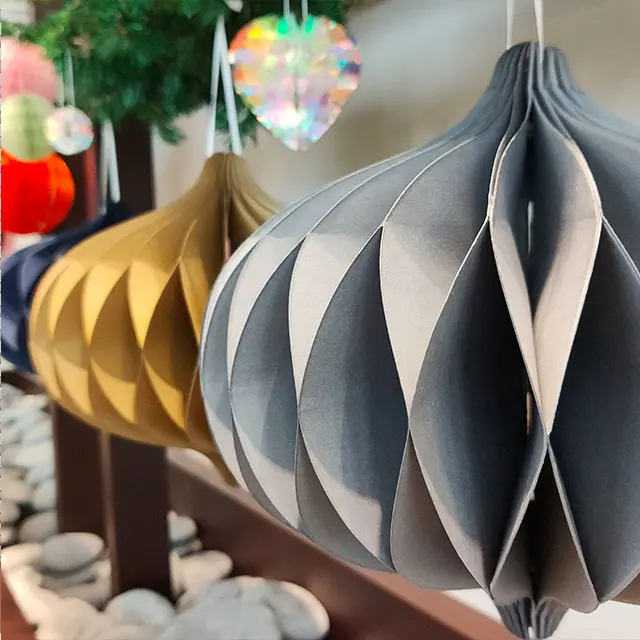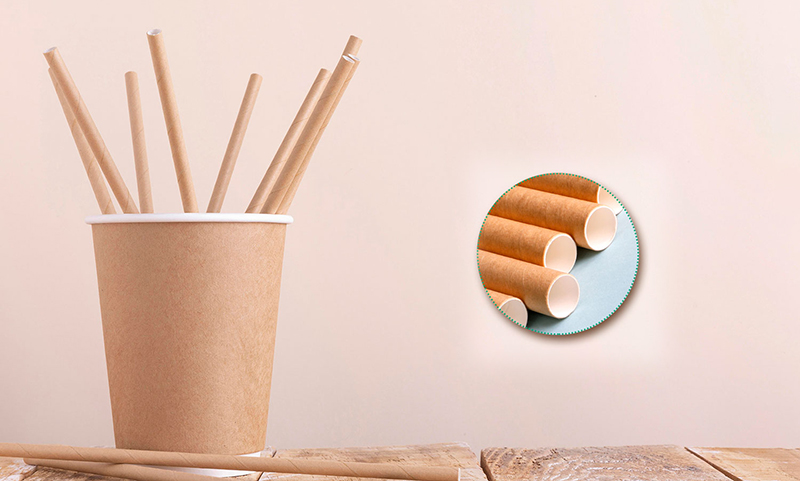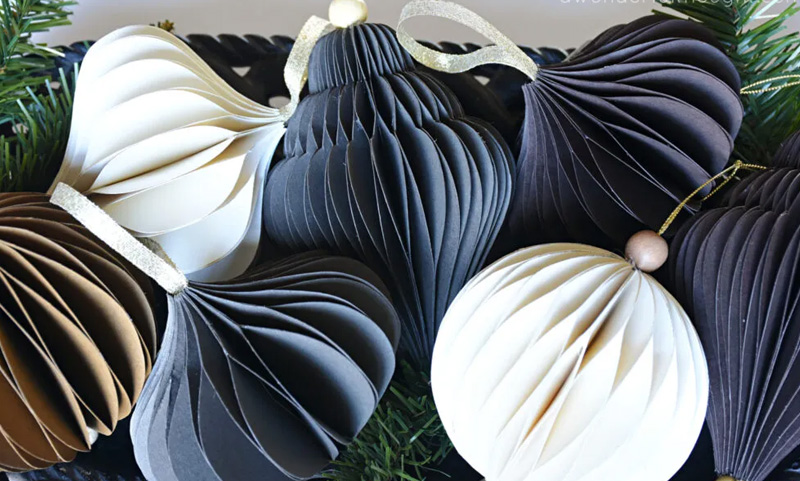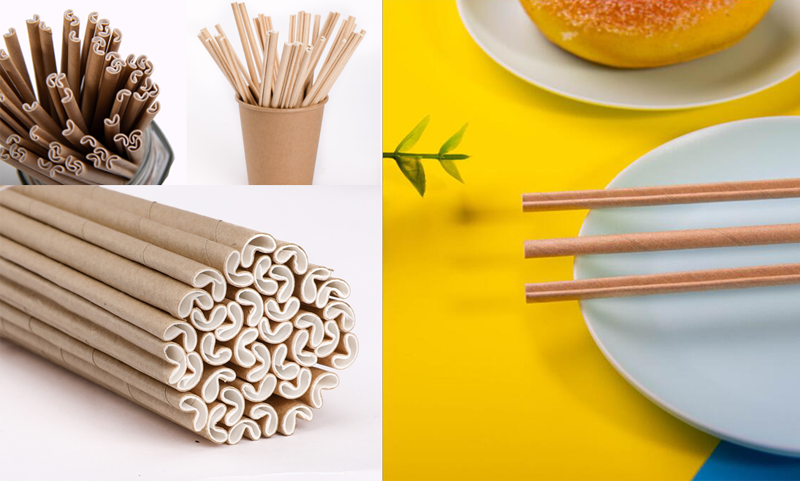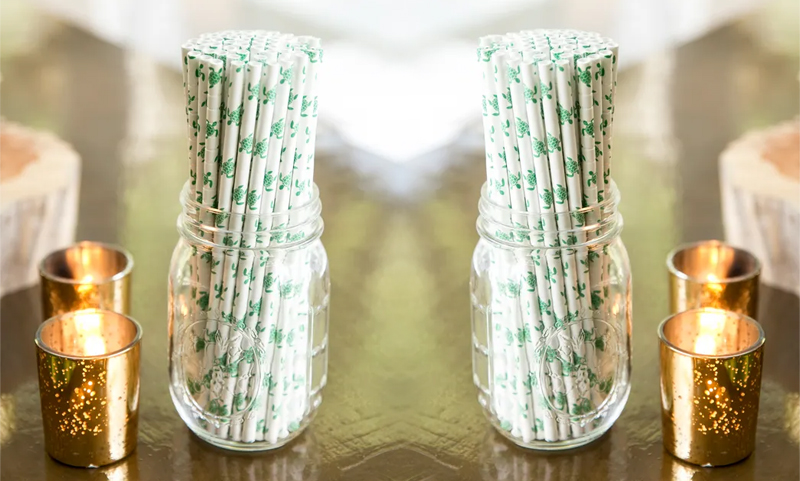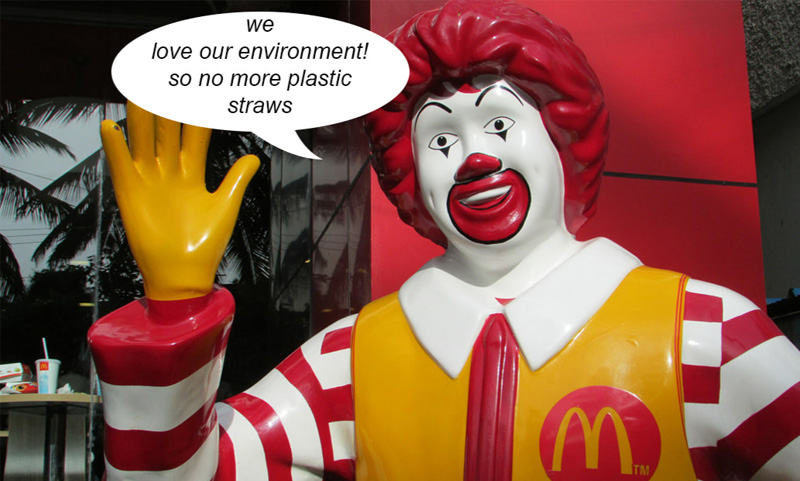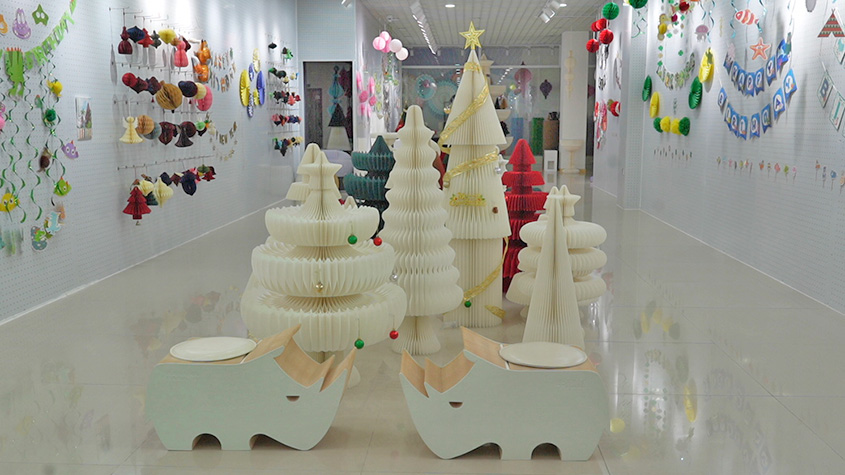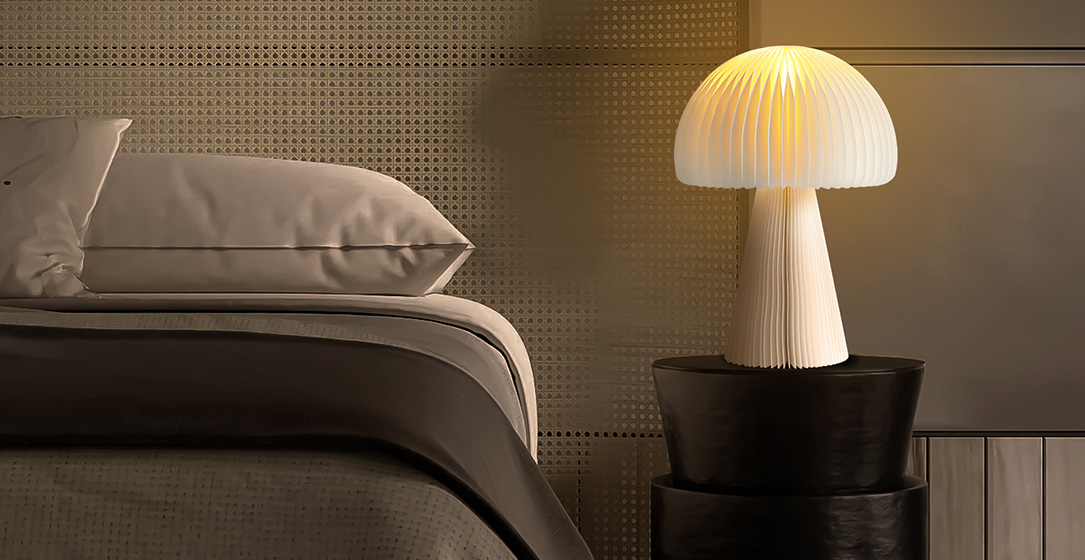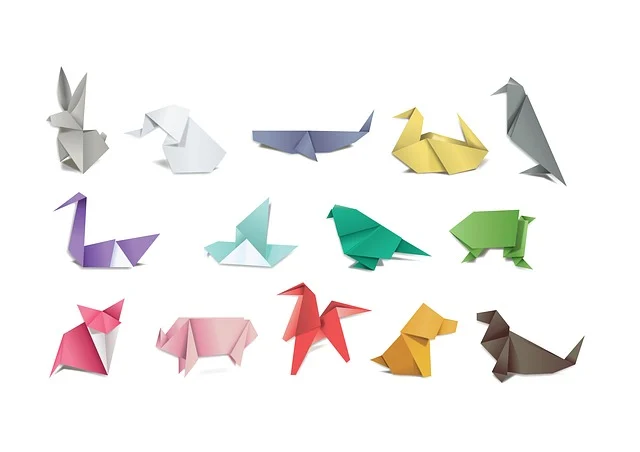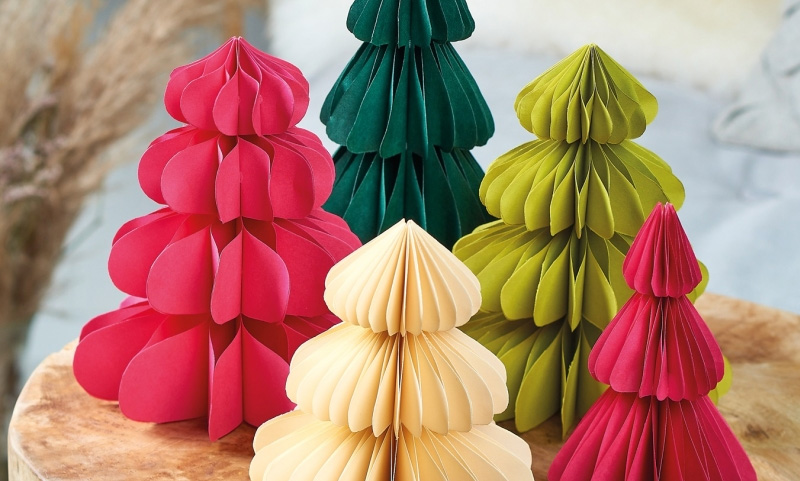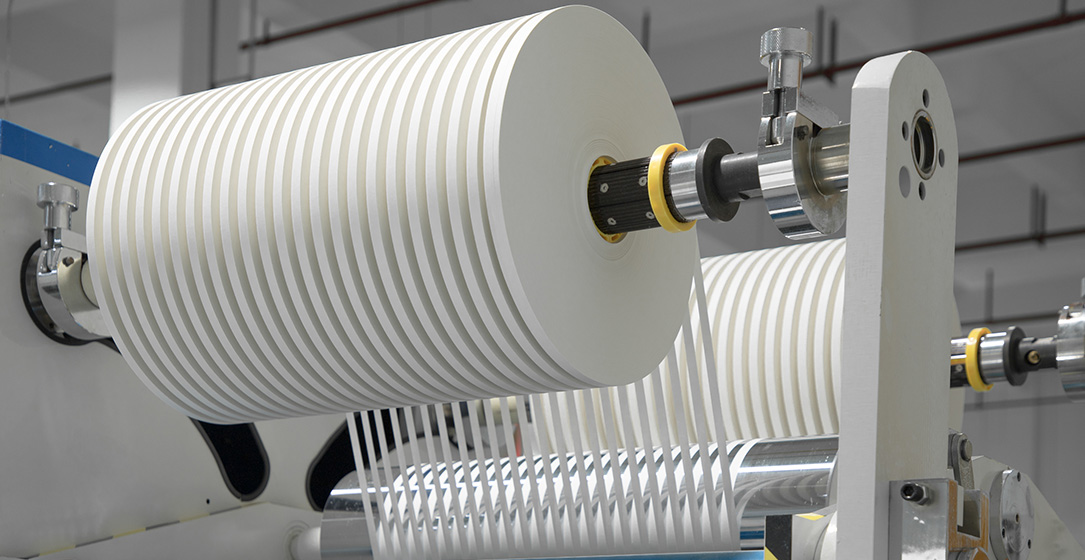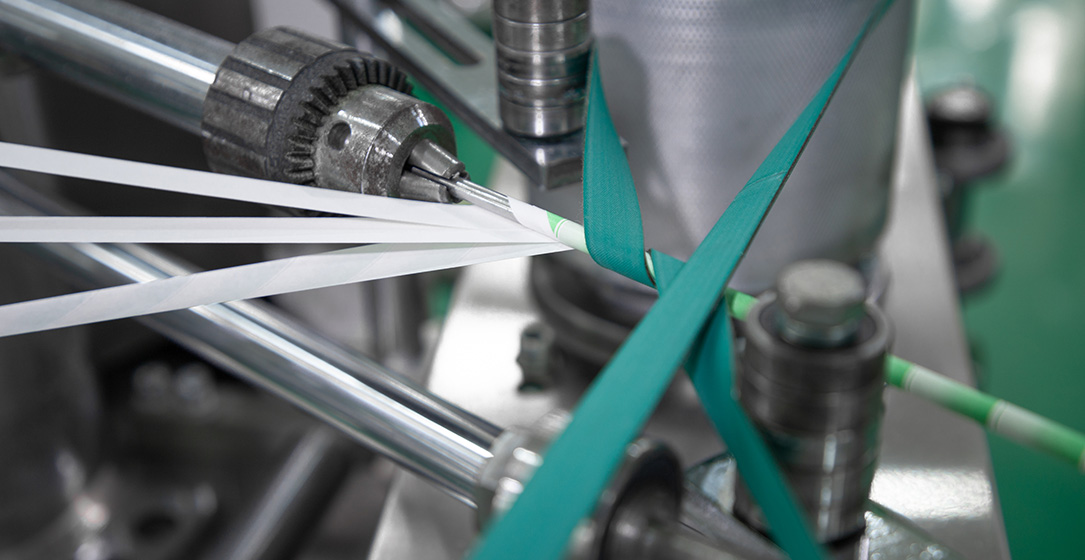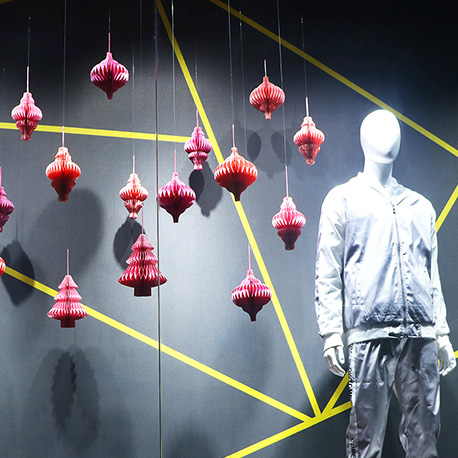
Introduction:
In the ever-evolving landscape of paper decoration production, understanding consumption trends is paramount for businesses seeking to stay ahead of the curve and meet the dynamic needs of consumers. This blog delves into the consumption trends in the paper decoration production market, analyzing key patterns, drivers, and implications for businesses. From shifting consumer preferences to technological advancements, we explore how these trends are reshaping the industry and driving innovation.
Shifting Consumer Preferences:
Consumer preferences in the paper decoration production market have been undergoing a notable shift in recent years. Traditionally, paper decorations were primarily associated with special occasions such as birthdays, weddings, and holidays. However, there has been a noticeable expansion in the usage of paper decorations across various contexts, including home decor, corporate events, and themed parties. Consumers are increasingly seeking versatile and multi-purpose paper decorations that can be used for a wide range of applications, reflecting a desire for practicality and versatility.
Customization and Personalization:
One of the most prominent consumption trends in the paper decoration production market is the growing demand for customization and personalization. Consumers are increasingly seeking unique and bespoke paper decorations that reflect their individual style, preferences, and occasions. This trend has been facilitated by advancements in product technology, particularly digital printing technology and computer-aided design (CAD) software, which allow for easy customization of designs, colors, and messages. Businesses that offer customizable paper decoration solutions stand to gain a competitive edge in the market by catering to this trend.
Rise of Eco-Friendly and Sustainable Options:
With increasing awareness of environmental issues, consumers are showing a growing preference for eco-friendly and sustainable paper decoration options. This trend is driving demand for paper decorations made from recycled materials, biodegradable inks, and sustainable production practices. Businesses that prioritize sustainability in their production processes and product offerings are well-positioned to capitalize on this trend and appeal to environmentally-conscious consumers. Additionally, certifications such as Forest Stewardship Council (FSC) certification can serve as a valuable differentiator for businesses seeking to align with consumer values.
Integration of Technology:
Technology is playing an increasingly integral role in shaping consumption trends in the paper decoration production market. Advanced product technology, such as digital printing technology and specialized die-cutting equipment, has expanded the possibilities for design, customization, and personalization in paper decorations. Consumers are drawn to innovative paper decoration products that feature intricate designs, vibrant colors, and unique textures, reflecting a growing appreciation for craftsmanship and creativity. Businesses that invest in state-of-the-art technology and equipment can capitalize on this trend by offering cutting-edge paper decoration solutions that resonate with modern consumers.
Rise of Online Retail:
The rise of e-commerce and online retail platforms has transformed the way consumers shop for paper decorations. Online marketplaces offer consumers a wide selection of paper decoration products from various manufacturers and sellers, enabling them to browse, compare, and purchase products conveniently from the comfort of their homes. This trend has expanded market reach and accessibility, particularly among tech-savvy consumers who prefer the convenience of online shopping. Businesses that embrace online retail channels and optimize their digital presence stand to benefit from this trend by reaching a broader audience and driving sales.
Emphasis on Quality and Durability:
In an era of heightened consumer expectations, there is a growing emphasis on quality and durability in paper decoration products. Consumers are willing to invest in high-quality paper decorations that offer longevity, durability, and value for money. This trend is driving demand for paper decorations made from premium materials, with attention to detail in design and craftsmanship. Businesses that prioritize quality control and product excellence can build trust and loyalty among consumers, leading to repeat purchases and positive word-of-mouth recommendations.
Conclusion:
In conclusion, consumption trends in the paper decoration production market are continually evolving, driven by shifting consumer preferences, technological advancements, sustainability concerns, and changing retail dynamics. Businesses that stay attuned to these trends and adapt their strategies accordingly stand to thrive in this dynamic and competitive market. By embracing customization, sustainability, technology, and quality, businesses can differentiate themselves, attract discerning consumers, and drive innovation in the paper decoration production industry.



